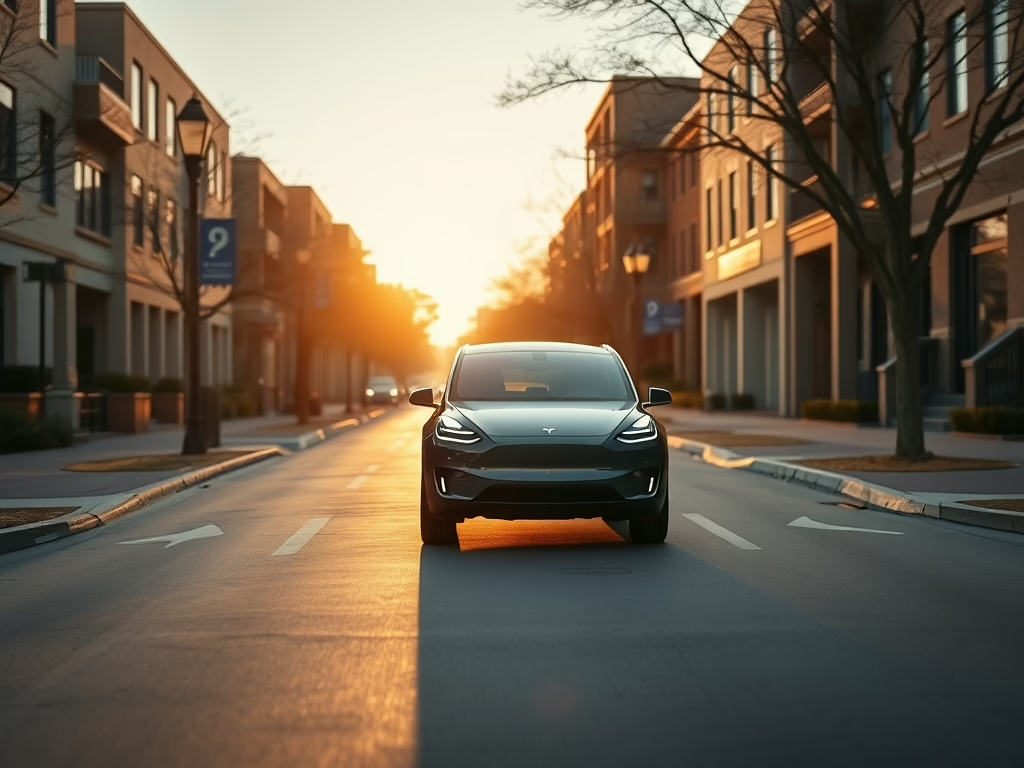
# Elon Musk Announces Geofenced Self-Driving Tests for Tesla’s Austin Debut
Get ready, Austin! The long-awaited test run of Tesla’s robotaxi service is just around the corner, but with a twist. In an exclusive interview with CNBC, CEO Elon Musk revealed that the initial phase of these tests will be restricted to specific, “safe” areas in our city.
Here’s the scoop:
## Austin: The Safe Haven for Tesla’s Robotaxis
Tesla cars won’t be darting through intersections without a second thought, Musk assured us. Instead, they’ll either conquer these tricky spots with high confidence or cleverly maneuver around them. “We’re going to be extremely paranoid about the deployment,” Musk emphasized, highlighting caution as a top priority.
## A Shift in Strategy: Geofencing
Musk’s emphasis on geofencing marks a significant departure from his past claims that Tesla could create a general-purpose self-driving solution applicable to any location without human intervention (geofence is a term used in the autonomous vehicle industry to define restricted areas for vehicles). However, Musk hinted at upcoming trials for robotaxis in California and potentially other states later this year.
## Remote Monitoring and Employee Oversight
As part of Tesla’s cautious approach, Musk disclosed that a small fleet of around 10 Model Y SUVs equipped with the “unsupervised” version of Full Self-Driving software will be under remote monitoring by Tesla employees during the initial phase. Interestingly, Musk claimed these vehicles will be driving without any safety operator on board.
## Scaling Up with Caution
Musk emphasized that Tesla would start small and scale up only when it’s confident about the system’s performance. “I think it’s prudent for us to start with a small number, confirm that things are going well, and then scale it up proportionate to how well we see it’s doing,” Musk said.
## Following in Waymo’s Footsteps?
It’s worth noting that companies like Waymo have been employing similar practices, with remote monitoring centers staffed by human operators providing guidance when needed, without taking control of the vehicles. Instead, human employees mainly communicate with the self-driving system to provide it context and help it solve problems.
Stay tuned for more updates on Tesla’s robotaxi service in Austin! The road to autonomous driving is an exciting one, and we can’t wait to see how Tesla navigates this journey.